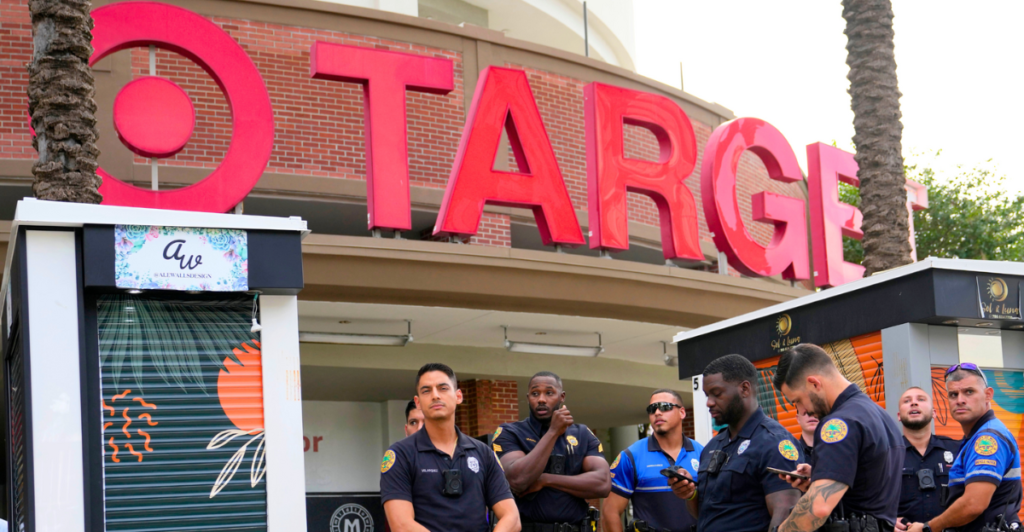
Target is boldly moving to win back shoppers and revive its fortunes by slashing prices on more than 5,000 everyday essentials and even canceling some products. This sweeping initiative comes as the retailer faces declining sales and mounting competition from budget-friendly rivals like Walmart and Aldi. At the same time, consumers remain squeezed by persistent inflation and tighter budgets.
With immediate price reductions already in effect for over 1,500 items and thousands more to follow throughout the summer, Target aims to deliver substantial savings for millions of customers and reposition itself as a destination for value-conscious shoppers.
Inflation and Consumer Strain

Inflation is a constant challenge, continuing to erode consumer purchasing power and reshape spending habits nationwide. Prices for essentials like food, housing, and utilities have stayed elevated, placing significant strain on household budgets, particularly among low-income families who are often forced to cut back on even necessities. As a result, many consumers are becoming more selective with their purchases, prioritizing value and necessity over discretionary spending.
This environment of sustained inflation has led to a cautious approach in financial planning, with households reallocating resources to cope with higher costs and businesses adapting their strategies to meet evolving consumer needs.
Competitive Pressures from Walmart and Others
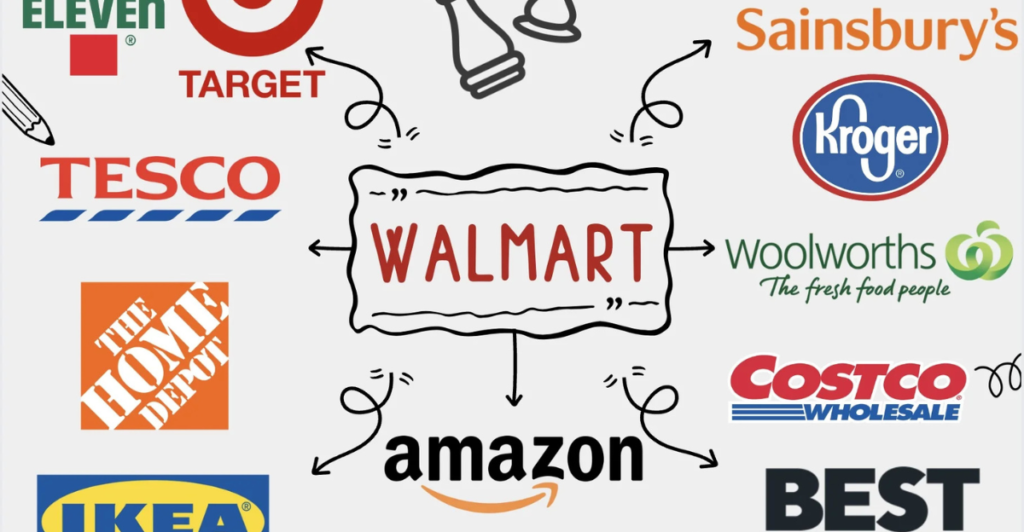
Target’s aggressive move to cut prices and streamline its product offerings comes from the intensifying competition from retail giants like Walmart, which has seen a surge in revenue driven by its reputation for price leadership and ability to attract value-focused shoppers. As Walmart continues to draw in budget-conscious and higher-income customers with consistently low prices, Target is under pressure to match or beat these prices to retain market share.
This price war isn’t limited to just Walmart and Target; other major retailers and fast-food chains are ramping up their value strategies, making the retail landscape more competitive than ever.
What Is SKU Rationalization?

SKU rationalization is the strategic process of reviewing and optimizing a retailer’s product catalog by analyzing each stock-keeping unit (SKU) to determine which items should be kept, reduced, or eliminated. Each SKU represents a unique product variation, like size, color, or packaging, and is tracked individually for inventory management. By evaluating SKUs based on sales performance, profitability, and market demand, businesses can identify underperforming or redundant products that drive up storage and operational costs without delivering sufficient value.
SKU rationalization aims to streamline inventory, reduce costs, and focus resources on high-performing products, ultimately improving efficiency, profitability, and customer experience.
Why SKU Rationalization Matters for Target

Carefully analyzing which products are underperforming or redundant, Target can streamline its inventory, reduce overhead costs, and free up valuable shelf and warehouse space for high-demand items. This can help improve operational efficiency and cash flow in this difficult time of constant change. It also allows the company to focus its resources on products that resonate most with customers, winning back customers that it might have lost during difficult times.
A more curated product assortment helps clarify Target’s brand identity and ensures that marketing and promotional efforts are directed toward the most profitable and strategic categories.
The Scope of Target’s Product Cuts
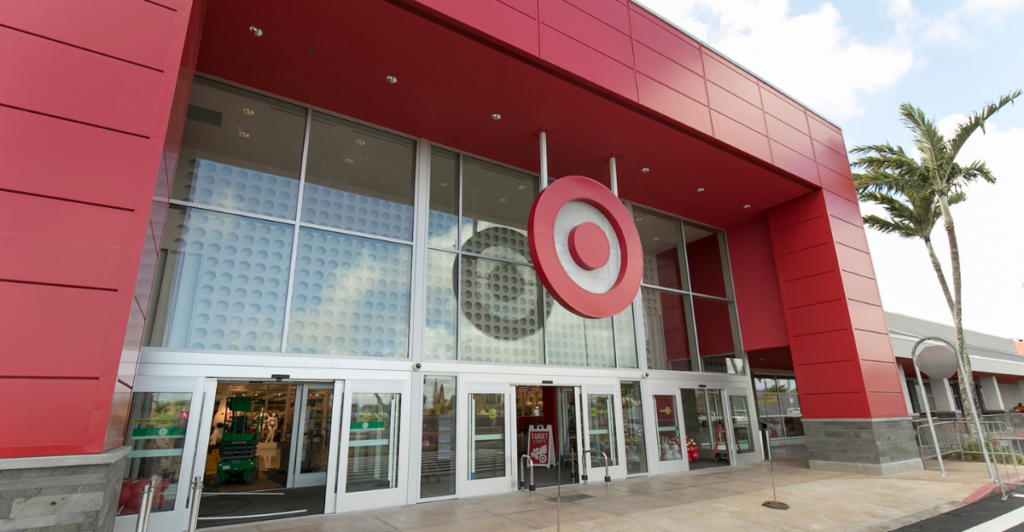
This large-scale reduction is part of a strategic SKU rationalization effort to remove low-performing and redundant products, streamline inventory, and focus on high-demand, high-margin items. By narrowing its product assortment, Target intends to reduce operational complexity, improve supply chain efficiency, and pass savings on to customers through lower prices on core essentials.
This significant pruning of its product lineup reflects the company’s commitment to adapt quickly to changing consumer behaviors and competitive pressures while enhancing profitability.
Streamlining Inventory Management

One of the biggest benefits of SKU rationalization is streamlining inventory management, which helps the business operate with greater efficiency and agility. By getting rid of underperforming or redundant SKUs, Target can significantly reduce inventory carrying costs, minimize storage space requirements, and streamline stock management in general. This results in a more straightforward process for tracking, ordering, and replenishing products, which helps prevent overstocking and stockouts.
With a leaner and more focused product assortment, inventory turnover rates improve, operational complexities decrease, and the risk of waste or spoilage is reduced.
The Role of Data in Decision-Making

Retailers rely on comprehensive datasets, including sales volume, profit margins, inventory levels, production costs, and consumer demand, to evaluate the performance of each SKU and identify trends or patterns that inform which products should be retained or discontinued. By leveraging advanced analytics and performance metrics, companies can pinpoint high-performing items that drive revenue and profitability while flagging underperforming or redundant SKUs that add unnecessary complexity and cost.
This data-driven approach ensures that company decisions are aligned with their goals while staying ahead of their competitors.
Enhancing Operational Efficiency

Fewer products mean less complexity in supply chain operations, easier forecasting, and more efficient use of their resources to get the most out of their operating hours. This simplification leads to faster order processing, improved inventory accuracy, and lower labor costs for managing, picking, and shipping products.
Fewer SKUs also mean less complexity in forecasting, replenishment, and training staff, contributing to smoother day-to-day operations and more agile responses to market changes. This helps the company stay on top of trends and changing behaviors without having to overcomplicate the way its staff works to make these changes happen.
Strengthening Supplier Relationships
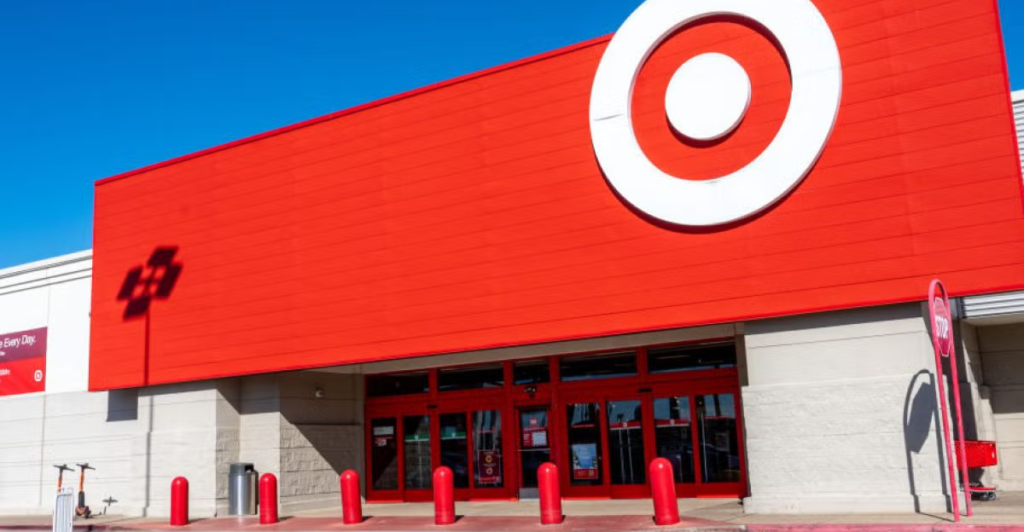
Suppliers are the backbone of any retailer, and it’s important to foster these relationships as much as possible. With fewer, more strategic SKUs, Target can consolidate purchasing volumes, negotiate better terms, and promote deeper collaborations with its most valuable suppliers. This streamlined approach reduces the complexity of managing a vast network of vendors, minimizes administrative overhead, and enables more efficient forecasting and replenishment cycles.
As a result, suppliers benefit from clearer demand signals and more predictable order patterns. At the same time, Target gains improved reliability, cost savings, and the flexibility to respond quickly to changing market needs.
Reducing Inventory Carrying Costs

By eliminating slow-moving, redundant, or unprofitable SKUs, Target can significantly cut expenses associated with storing excess inventory, including warehousing fees, labor, insurance, and product obsolescence or spoilage risk. With fewer items occupying valuable shelf and storage space, the company frees up capital that would otherwise be tied up in unsold goods, making inventory management more efficient and cost-effective.
These savings directly contribute to improved cash flow and profitability, allowing Target to reinvest in high-demand products and win over their spend-conscious customers.
Focusing on Best-Selling Products

The main goal of these product cuts is to maximize profitability and better meet customer demand. By systematically analyzing sales data, inventory turnover, and profit margins, Target can identify which products consistently drive revenue and customer satisfaction, ensuring these high-performing items remain readily available.
Prioritizing best-sellers allows Target to allocate resources more efficiently, improve inventory turnover, and strengthen its competitive position in the marketplace. “We know consumers are feeling pressured to make the most of their budget,” Rick Gomez, chief food, essentials and beauty officer at Target, said in a statement.
Inflation and Consumer Behavior

Brand loyalty has weakened as shoppers are more willing to trade to private labels or shop at retailers that offer better value, such as Walmart, Dollar Tree, or Aldi. “We routinely adjust our prices to ensure it is competitive within the markets it does business,” Target said. Consumers are researching purchases more thoroughly, delaying non-essential spending, and consolidating shopping trips to save time and money.
Understanding these shifting behaviors is critical for retailers, as inflation is driving a heightened focus on value and forcing businesses to adapt their pricing, inventory, and promotional strategies to retain increasingly selective customers.
Target Circle Membership
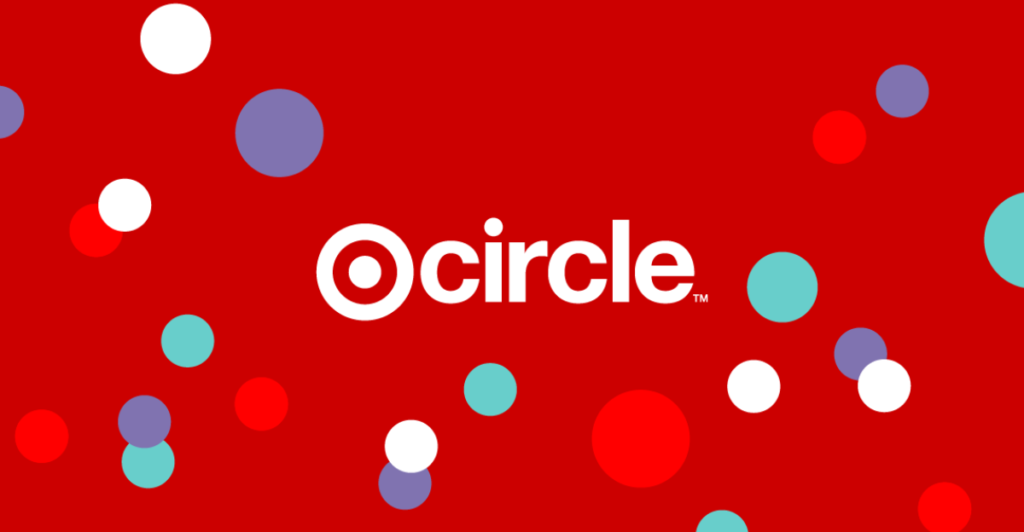
Target Circle is Target’s loyalty program that rewards shoppers with exclusive savings and perks. The free membership offers benefits like automatic discounts applied at checkout, personalized deals, and 1% earnings on purchases that can be redeemed for future savings. Members also receive a special 5% birthday discount and can participate in community support votes that influence Target’s charitable donations.
Target Circle 360 is a paid subscription costing $99 annually (with discounts available for Target Circle Card holders and certain groups). This premium tier includes unlimited free same-day delivery on orders over $35 through Shipt, free two-day shipping on eligible items, and an extended 30-day return window, making it a compelling option for frequent shoppers looking to save a few bucks every time they need to go shopping.
Boosting Profit Margins

Target can improve its profitability by eliminating low-margin products while lowering prices on core items to attract more shoppers. Negotiating better terms with suppliers and streamlining inventory management further lower the cost of goods sold, directly improving gross margins. These combined efforts allow Target to enhance profitability without sacrificing customer value, positioning the company to sustain growth amid inflationary pressures and intense retail competition.
Visibility in Stores and Online
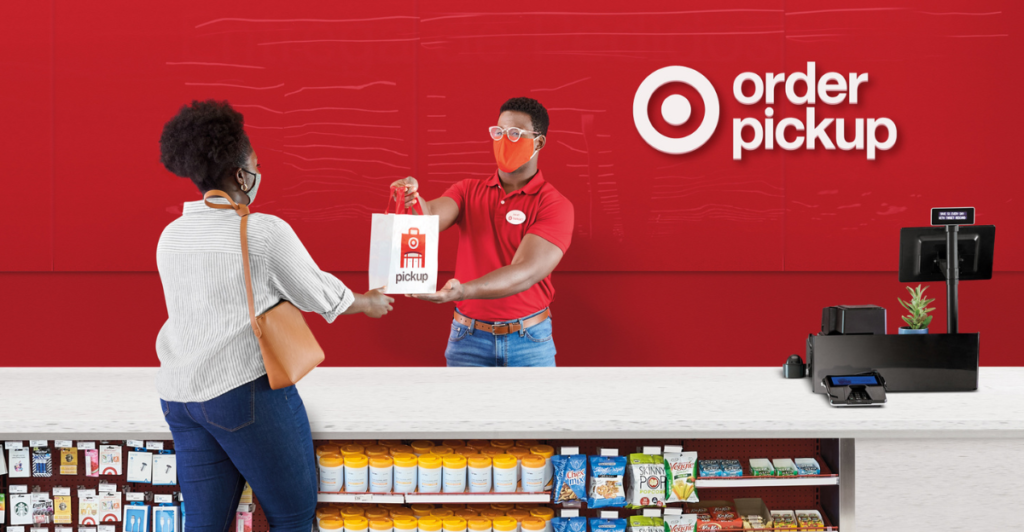
Shoppers now rely on accurate, real-time information to determine whether products are available at their local store or for online fulfillment, with the Target app and website offering features to check inventory status and locate items across multiple locations. Discounted products are marked with red tags for high visibility, and the new prices are reflected in physical stores and on Target’s website and app.
“We know consumers feel pressured to make the most of their budget, and Target is here to help them save more. These new lower prices across thousands of items will add up to additional big savings for the millions of consumers that shop at Target each week,” said Gomez.
Leadership’s Commitment to Value

Target’s leadership, spearheaded by CEO Brian Cornell, has demonstrated an unwavering commitment to delivering value to customers while maintaining the company’s core mission. Cornell has emphasized understanding the “why” behind every business decision, ensuring that each action aligns with Target’s broader goals of creating a welcoming shopping experience. This value-focused approach is encapsulated in their brand promise of “Expect More. Pay Less,” which guides the company in offering quality products at affordable prices.
Broader Revenue Strategies
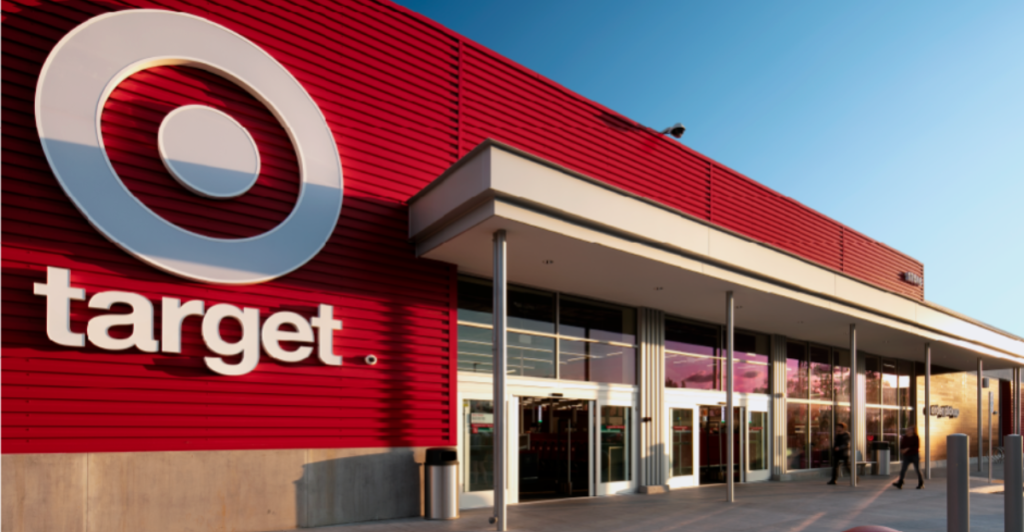
The company has invested in launching a paid membership program similar to Amazon Prime and Walmart+, aiming to create a new, recurring income source while fostering customer loyalty. “Over the next decade, we expect to continue seeing outsized growth in other revenue,” said CFO Michael Fiddelketold. Target is also expanding its in-house advertising business, which has shown promising growth and is expected to become a more substantial contributor to non-sales revenue in the coming years.
Other revenue sources include subscriptions like Shipt, digital and online sales, rental income, and various miscellaneous services, all of which help balance the volatility of retail sales and position Target for long-term financial resilience.
Monitoring Results

As Target implements its extensive price reduction strategy, it closely tracks various key performance indicators to gauge its effectiveness. This includes monitoring same-store sales growth, customer traffic patterns, average transaction values, and profit margins. Target also pays close attention to customer feedback and shopping behavior, using data analytics to understand which categories and products drive increased engagement and where further adjustments may be needed.
A Defining Moment for Target
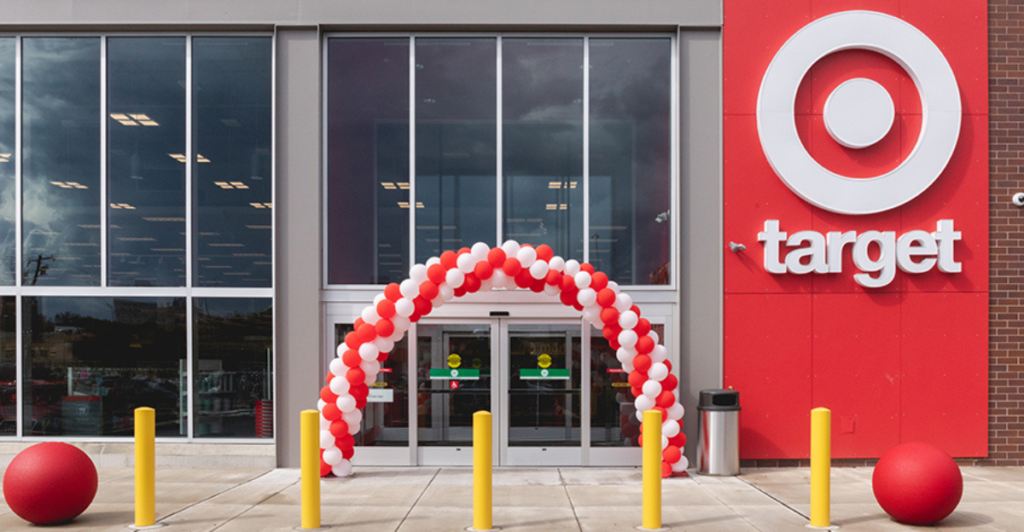
Target’s sweeping price reductions and renewed strategic focus mark a pivotal turning point for the retailer as it navigates an evolving and highly competitive marketplace. The company is responding to immediate economic pressures and laying out a bold vision for the future, with plans to drive $15 billion in additional sales by 2030 through a blend of innovation, digital transformation, and customer-centric enhancements.
“Shoppers continue to seek differentiated options and distinctive shopping experiences without sacrificing value. Target has the scale, strategy, and capabilities to support all the ways consumers shop and engage with brands,” said Brian Cornell, Target chair and CEO. Leadership’s commitment to opening new stores, remodeling existing locations, and expanding the Target Circle loyalty program shows their dedication to a long-term strategy designed to deepen customer relationships and foster sustained growth.
Discover more trending stories and Follow us to keep inspiration flowing to your feed!

Craving more home and lifestyle inspiration? Hit Follow to keep the creativity flowing, and let us know your thoughts in the comments below!
